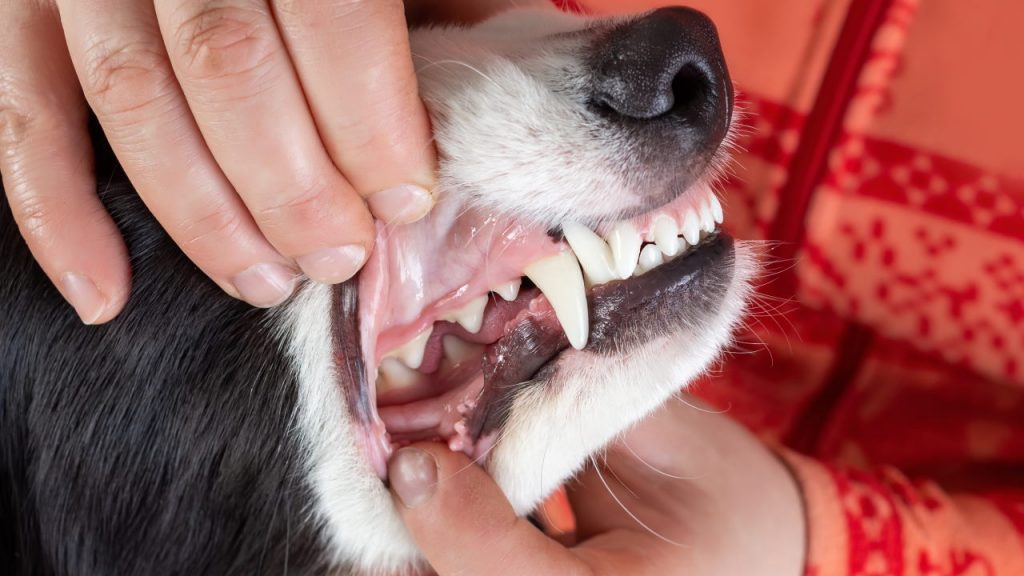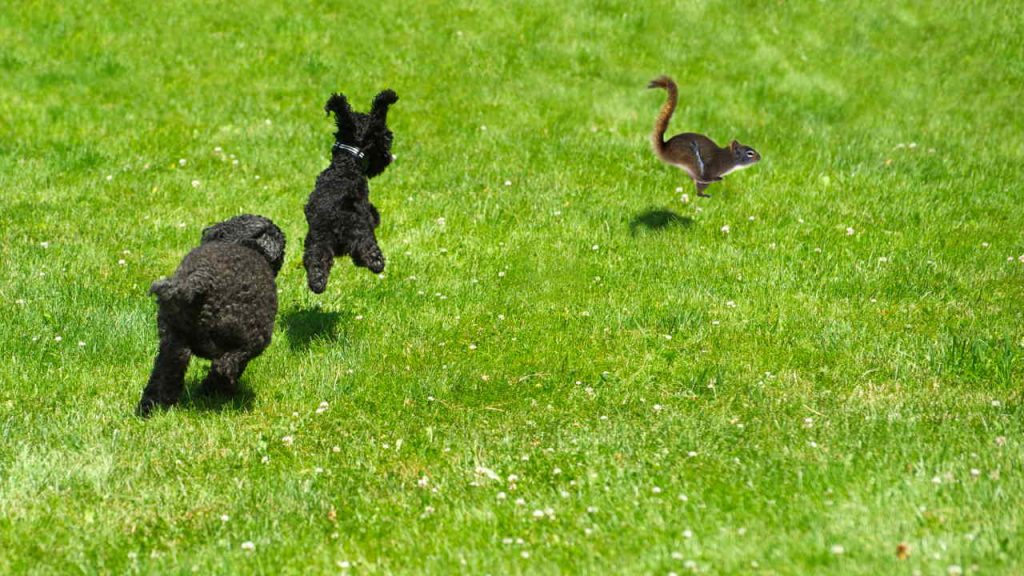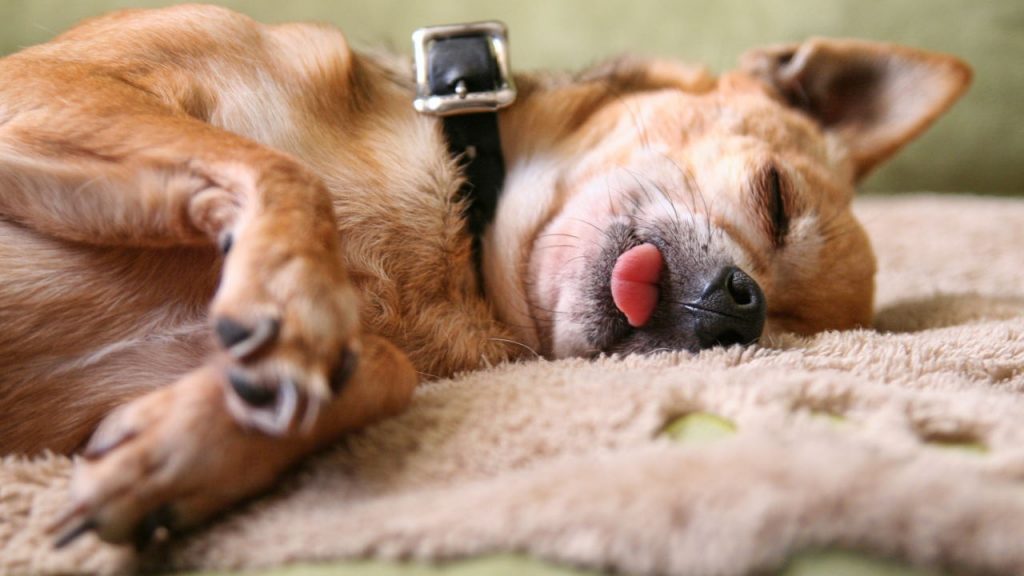Dental care is a crucial yet frequently ignored aspect of owning a pet. Dental care for dogs, as it is the same for humans, goes beyond aesthetics and can help predict the issues, thus avoiding more significant and serious health problems. Your lovely friend’s health and happiness could be increased by regular brushing, routine examination of their gums, and professional cleanings. Even though it’s a commonly disregarded aspect of a dog’s health, starting with the fundamentals of what happens to your pet’s mouth is crucial.
Dogs’ dental growth undergoes significant changes from the time they are born until they are completely grown, which brings serious problems. As a matter of fact, by the time they are three years old, around 80% of them have dental problems. So, it’s essential to be curious about the circumstances in their mouth, like how many teeth your dogs have. How does their dental system grow? What should you anticipate from a four-week-old puppy rather than a two-year-old adult? Are there distinct breeds that require different considerations?
Here are some important facts concerning your dog’s dental health.
How Many Teeth Do Dogs Have?
Your dog’s age determines how many teeth they have. For instance, puppies only have 28 deciduous (or baby) teeth, whereas adult ones of all sizes, at full maturity, have at least 42 teeth. This means mastiffs and Chihuahuas have 42 teeth, although their jaws differ. The chow chow, one of the oldest breeds in existence, has an additional pair of molars, which provide them with a total of 44 teeth.
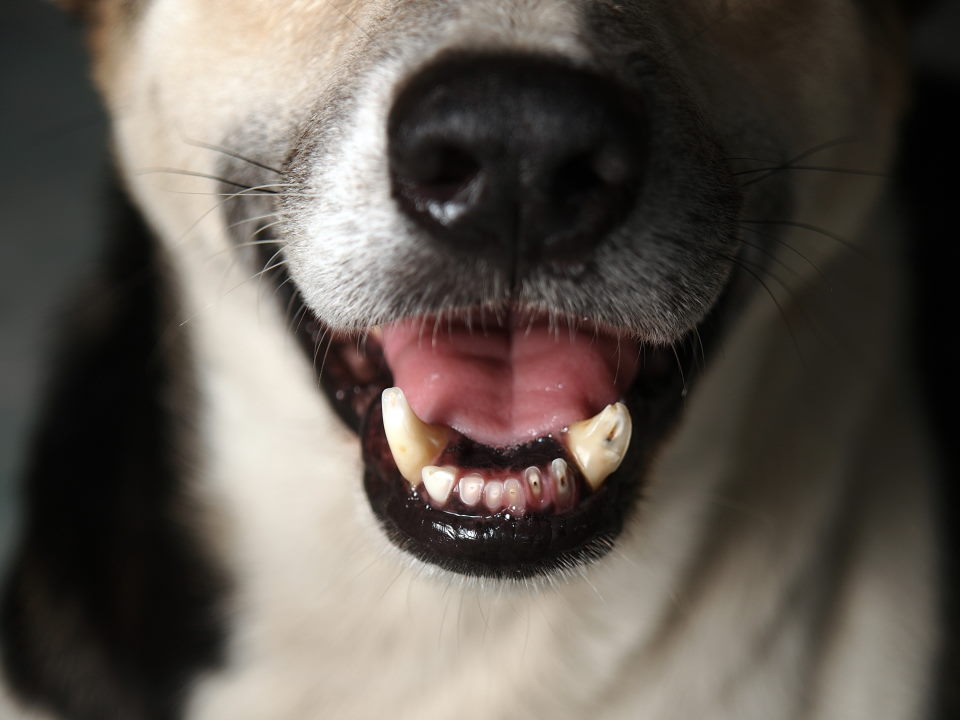
However, not all 42 teeth having dogs are created equal. Anyone who has observed a dog’s mouth can confirm that, like humans, they have many tooth types for various functions. In addition, their dental situations show signs of their omnivorous diet and predatory nature.
What Is the Number of Puppy Teeth?
Puppies are born without teeth and don’t actually emerge with their puppy teeth until they are 3 to 4 weeks old. Usually, they will have all 28 of their puppy teeth by the time they are 3 to 5 months old. Incisors, canines, and premolars are some of these.
What Is the Number of Adult Dog Teeth?
In the case of one of the adult ones, the age of permanent tooth sprout is between three and seven months. Compared to a human’s typical 32 teeth, adult ones have 42 permanent teeth. In addition, they have 20 teeth in their lower jaw, known as the mandible, and 22 teeth in their upper jaw, known as the maxilla.
How Often Do Dogs Need a Dental Cleaning?
The answer to this question depends on many variables, including your dog’s age, breed, and way of life.
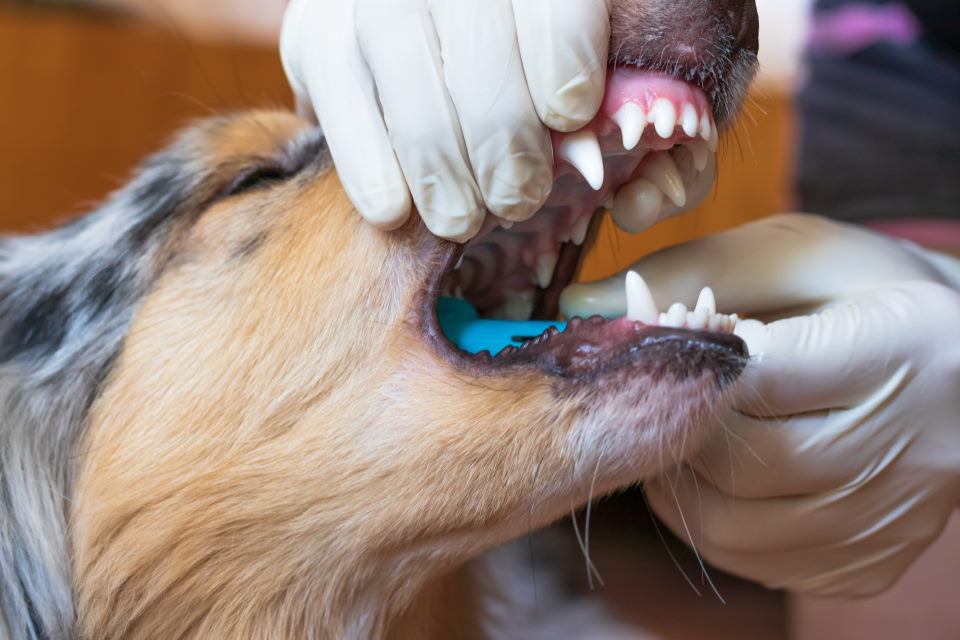
1. Age
Oral decay is caused by time, diet, and eating habits. Therefore, older breeds typically require more dental care than younger ones. If they are over seven years old, taking them for annual checks with your doctor is always a great way to ensure that your dog’s teeth and gums are in good condition.
2. Size and breed
Smaller and toy breeds might require dental cleanings as early as two years of age, but it’s crucial to remember that most don’t need one until they are six or seven years old. Due to the overcrowding caused by their larger teeth compared to their mouths, little ones need more frequent dental cleanings than larger canines.
A dog with a small face and a nose is more likely to develop dental problems because they are more likely to have misshapen permanent teeth. In addition, it provides more areas for tartar to hide and irregularly shaped tooth roots, thus putting them at risk for endodontic illness.
Although larger breeds are less likely to experience the same dental problems as small breeds, their vigorous chewing habits make them more vulnerable to broken or cracked teeth, which can result in oral pain, an absence of hunger, and agitated behavior.
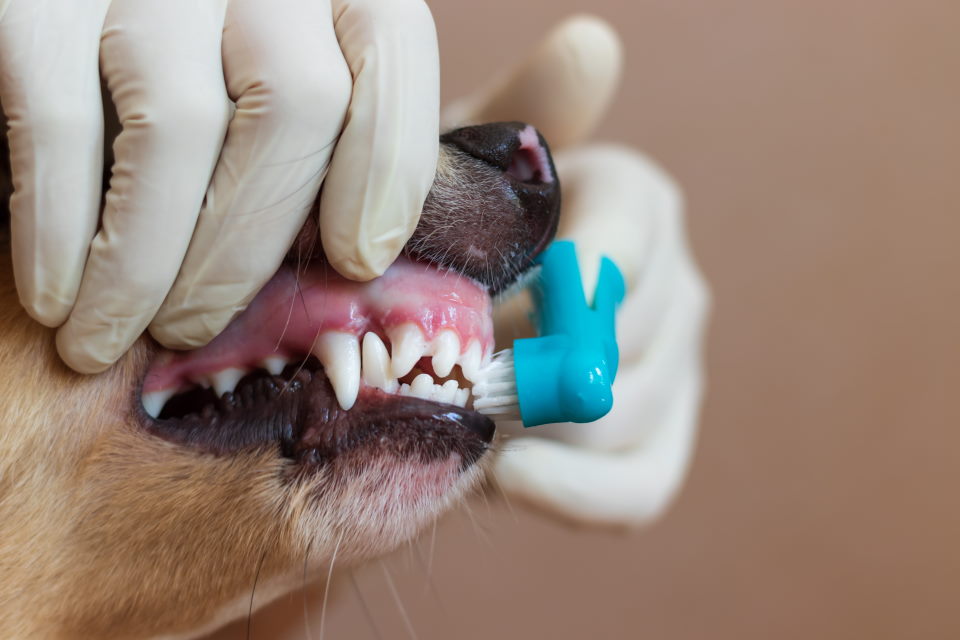
3. Lifestyle
Your pet’s lifestyle and oral hygiene at home will determine how frequently you should have their teeth cleaned. For instance, regular tooth brushing, feeding dry food, or feeding a dental diet to your pet can aid in the time between expert cleanings. Moreover, if your dog doesn’t chew and eats primarily soft food, they can need cleanings more regularly.
What Are the Types of Dog Teeth?
There are 4 types of dog teeth.
1. Incisors
The front tooth of them is referred to as incisors. Six incisors are located on each side of the jaw. They mostly grasp food with their incisors. These types of a tooth can also be used for eating or grooming.
2. Canines
The longest front tooth that resembles “fangs” are the canine teeth. Dogs’ mouths include four canines (both the upper jaw and the lower jaw have 2). These have a good amount of development and are somewhat bent on improved object traction. As with canines, each root is singular.
3. Premolars
The premolars are located right behind the canines. Eight premolars are located in the upper jaw and eight in the bottom jaw of adult dogs. Food is sheared through and ground up with these teeth. The roots that hold the premolars in the mouth can range from one to two per tooth.
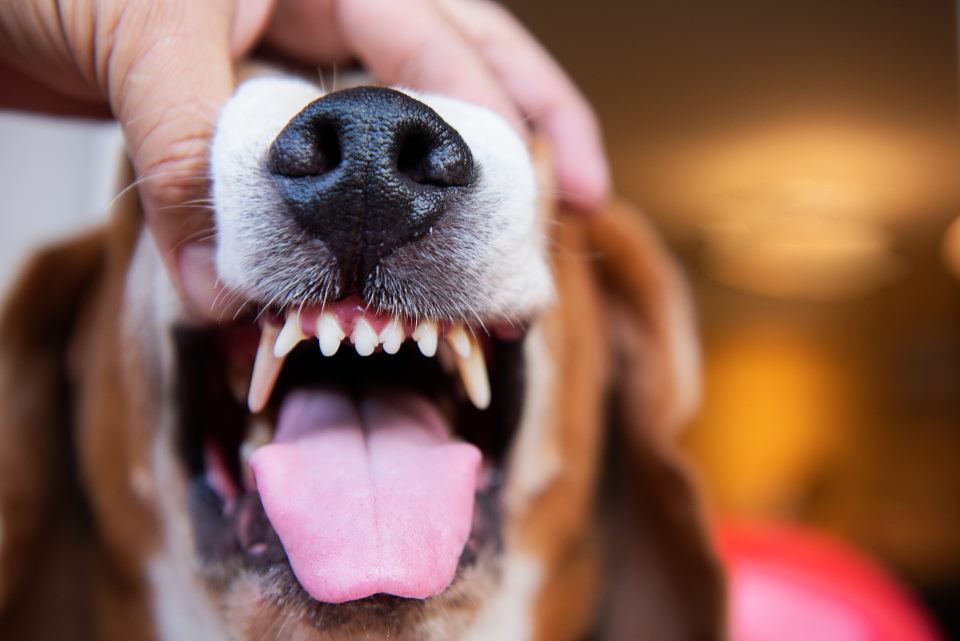
4. Molars
The back teeth in a dog’s mouth are called molars. They can resemble premolars in appearance. Four molars are in the top jaw and six in the bottom jaw. To make food easier to swallow and digest, food is ground into little bits using a molar. The roots that hold them in their mouth might range from three to one.
Why Do Dogs Lose Their Teeth?
1. Periodontal illnesses
A dog’s mouth having an extensive dental disease is the most frequent cause of tooth loss. If dental hygiene practices like brushing and regular veterinary dental cleanings are not followed, periodontal disease can result in infected gums.
The heart, liver, and kidneys have all been linked to systemic effects of dental illness. If their oral infections worsen, they may spread to other parts of the body and cause illnesses.
2. Trauma problems
Trauma, whether brought on by your dog biting something or suffering another mouth injury, might cause your pet to lose their tooth. Many of the most frequent objects resulting in fractures or tooth loss are made of hard mineral or bone substances. Therefore, avoiding offering your pet stuff like beef or pork bones is advised as they might be over rough and can cause fractures and tooth injury.
3. Tooth decay
Since dogs use their jaws for purposes beyond just eating and drinking, their teeth are practically non-existent and wear and tear at a far faster pace than ours. They carry, take up, and eat objects using their teeth. Slobbery toys, fur, dirt, feces, and dogs’ mouths also frequently pass through various objects. All of this could negatively impact their dental health.
A veterinarian must remove many teeth throughout a dog’s lifespan since some breeds (particularly Greyhounds and tiny breeds) acquire tooth rot incredibly fast. Your veterinarian will probably advise having any diseased tooth extracted or removed in addition to a thorough cleaning under general anesthetic to treat the rotting tooth. For animal hospitals, this is a routine everyday process.
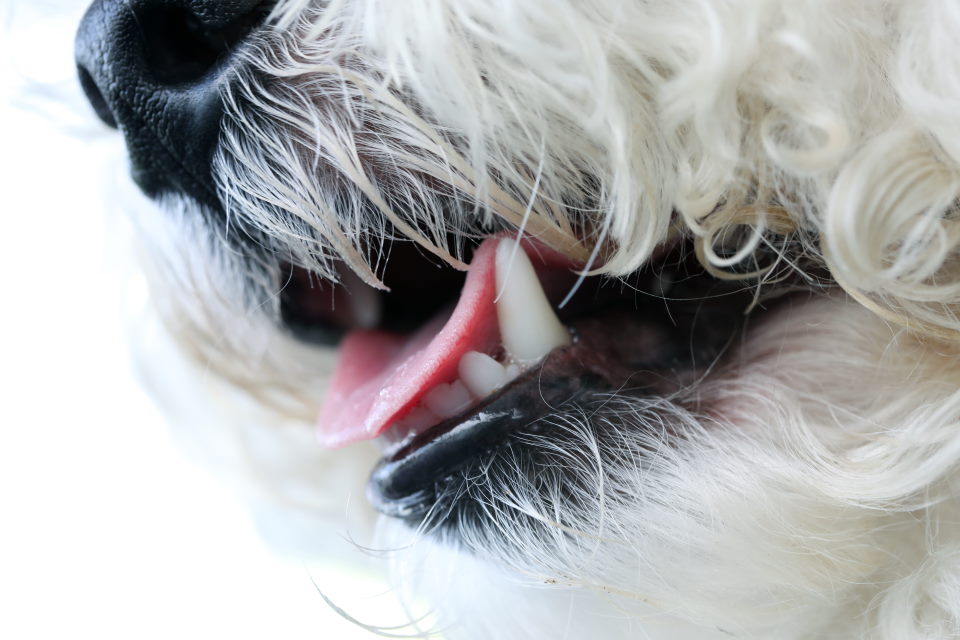
Instead of letting a problematic tooth cause discomfort and infection, their mouth is much better at peace when the tooth is properly removed. Then, in case it is necessary, they can survive without a tooth.
Keep an Eye on Your Dog’s Dental Health
Dental care for them involves much more than a gleaming, white tooth, just as it does for a human. Poor dental health can lead to various health problems and reduce your animal’s quality of life. For example, poor dental care can result in oral disease, which can cause discomfort, foul breath, and maybe even tooth loss. But more importantly, there is a connection between oral illness and other medical conditions, such as heart disease.
Your pet’s general health and life quality depend greatly on keeping their mouths healthy. So please schedule a visit with a veterinarian right once if you observe that your dog is losing teeth, has missing or wobbly teeth, or has breath that gets worse over time. Even while it may appear as if your pet has only recently lost a tooth, it’s likely that they still have other painful, unhealthy teeth in their mouth that need to be extracted.
Do not disregard just because one tooth is decaying or broken. Only one tooth can negate the others behind it. Get a dental checkup with your veterinarian before your pet stops eating. Use the chance to talk about your loyal friend’s dental health during the annual exam for your pet to catch issues early.

